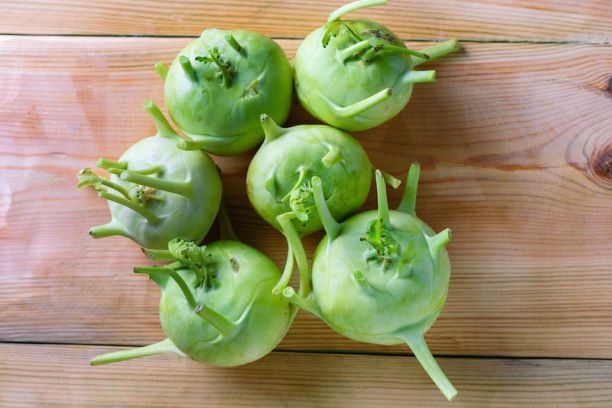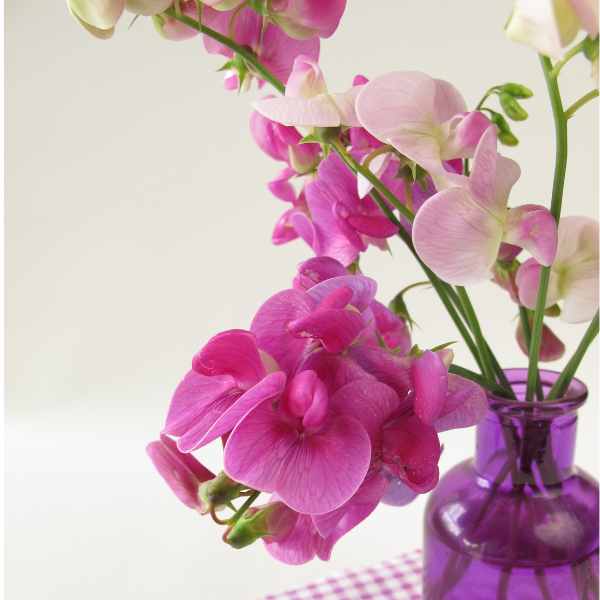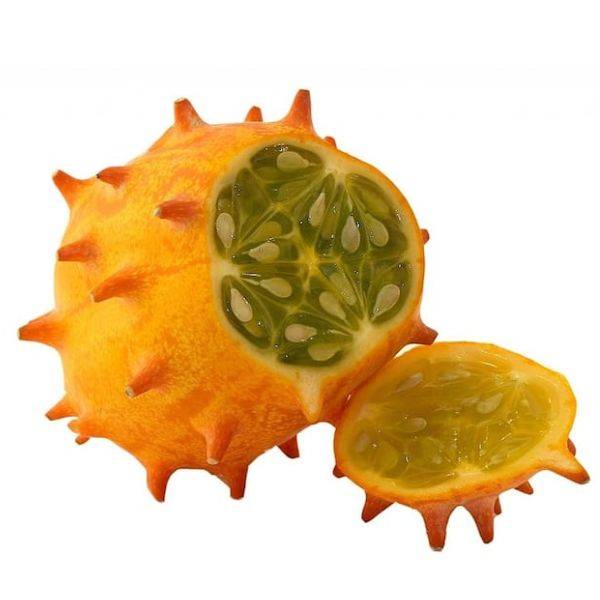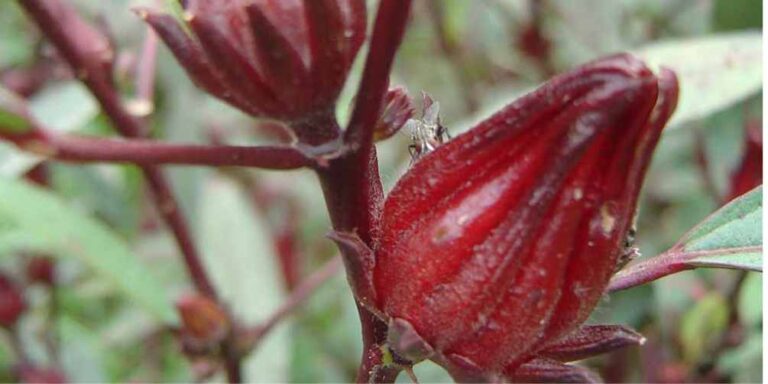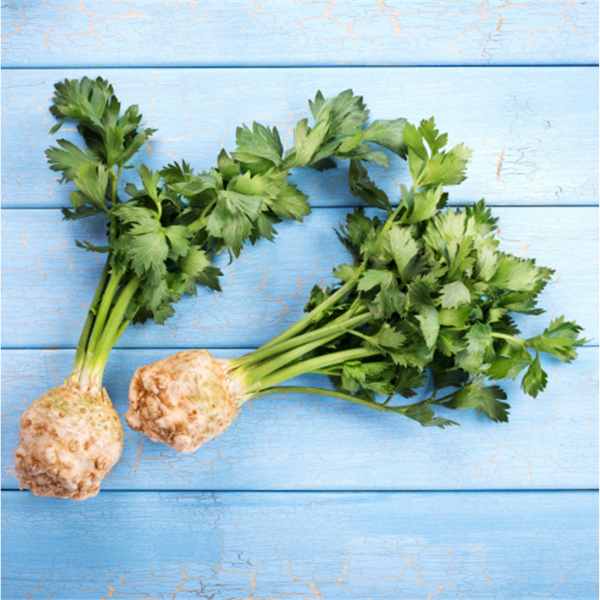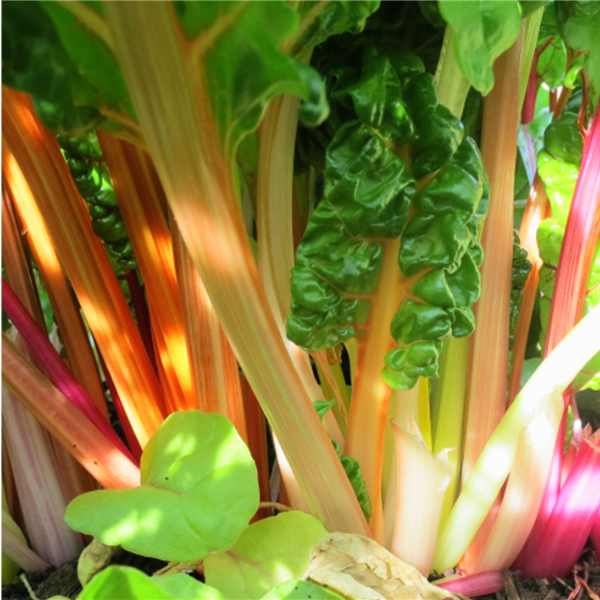Grow your own bath sponge
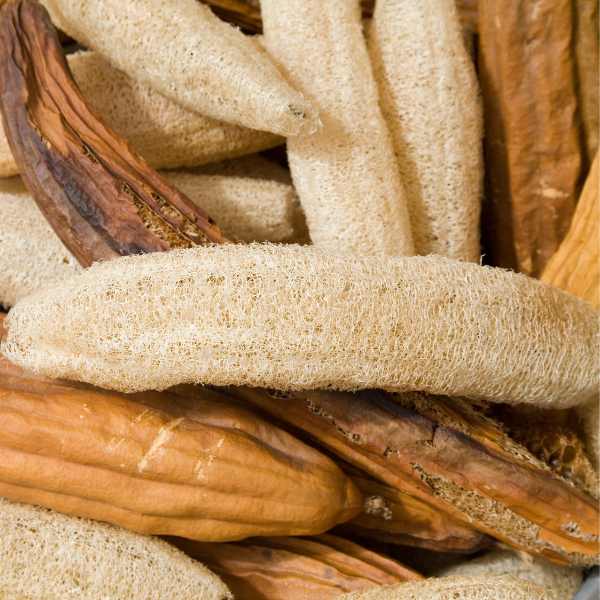
Luffa or Loofah is thought to have originated in India. They are a common vegetable in Asia and Africa and they are a member of the cucumber family. They can be grown as a vegetable and are a very easy to use, edible squash.
The very young fruit can be sliced and added raw to salads and have a mild cucumber-flavour. They can be added to stir fry’s, soups, and sauces with their ability to soak up flavours and add texture. Dipping them in batter and frying them is a particularly yummy recipe. They are a good substitute for squash, zucchini, and eggplant in the recipes. For flavour, they are at their best when they about 20 cm long. Their flesh is silky with a delicate, slightly sweet flavour when cooked. The young fruits also make delicious pickles.
The Growing Process
Luffa’s are best grown as a summer annual. In the tropics they grow vigorously, but in Tasmania grow them in a glass house. Sow the seed in spring after all chances of frost have passed and give them a moist, fertile, freely draining soil. They will need a growing support such as a trellis or pergola.
Soaking the seeds in warm water for a few hours will aid germination. Bottom heat is useful if propagating in cooler climates or early in spring. The vines are easy to grow with no insect problems and will benefit from the application of a fertiliser with high nitrogen content once a month after the flowers appear.
Luffa plants need insects to carry out the pollination process. If insects or bees are not available in your area, the pollinating process can be done manually. by picking up male flowers and transferring the pollen to female center part of the flowers. This process should be carried out when flowering is active during the daytime.
Unlike many other members of the cucumber family, luffa’s rarely get powdery mildew and picking the mature fruit regularly will encourage cropping. The bright yellow flowers are also attractive, opening in the morning, and attracting honeybees, blue-banded bees and carpenter bees into the garden.
The sponge process
The matured dried gourd develops into a fibrous netting. It is an excellent sponge and makes wonderful skin scrubs. They are also useful for washing dishes, the car or windows and have industrial applications such as for water filters. They last for years and are easily cleaned in the washing machine.
To make a sponge, pick the gourds once they start to turn yellow and are becoming very light in weigh. Inside the spongy gourd will be moist and fibrous. Peel away the flesh and squeeze repeatedly from the middle towards the ends to remove the fleshy substance inside. If the sponge is discoloured, soak it for 5 minutes in warm water with a little bleach. Dry the sponge by either hanging outdoors in fine weather or by placing in an oven at 150 degrees or so. Sponges can be cut into sections or left whole. Add a length of hemp rope if you like to hang up your exfoliating shower sponge.
A large crop can yield quite a few Christmas gifts. They also reduce the need to buy plastic-based sponges. Luffa’s are also an ideal solution to clean your dishes or wash down surfaces.

